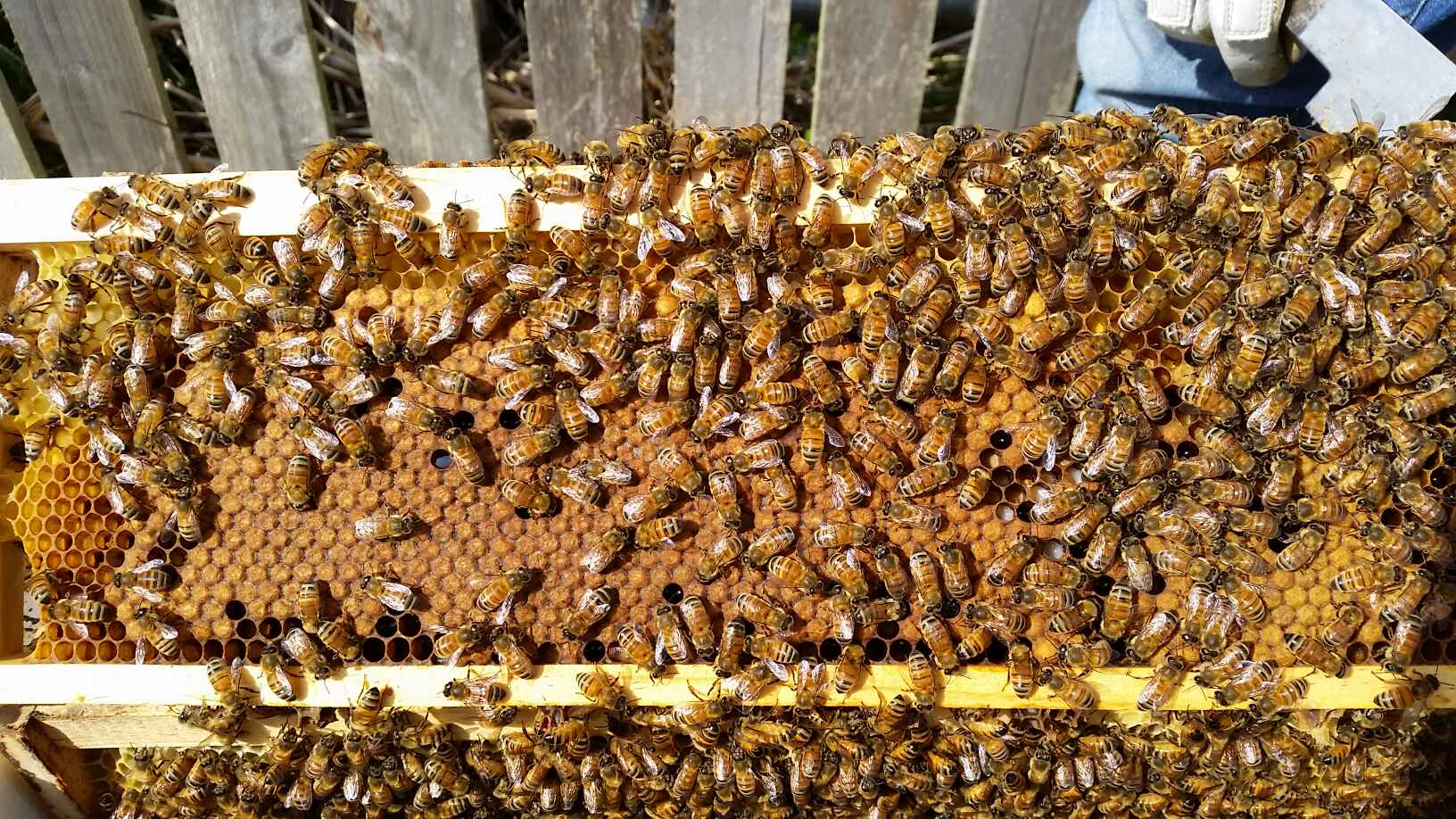Slow As A Wet Winter
/Wintered Warre
That's me getting my blogs out but winter is upon us in the southern hemisphere and it has come early after the poorest year in the nine years of my beekeeping. Never before has the quality of nectar and pollen been so unreliable and it has led to robbing, hive attrition, poor queen production and lack of swarms. Honey production has been patchy and many beekeepers have seen much chalkbrood and abandoned hives. While Warre hives have survived quite well, it has not been at the rate we usually see. This all leads to trouble wintering down our hives. If bees are not well fed before winter they may not survive.
Warre hives are easy to winter down provided they have close to a box of honey. Even though that box is smaller in volume than an ideal Langstroth box, the bees use far less honey in a warre. For wintering, remove any empty boxes and top up the quilting box with untreated pine shavings.
Now if you are using the Langs, you have a much bigger challenge, so here are some principles to consider. The first principle is bees need honey close to their cluster (so a good frame of honey on frame 1 & 8 of each of your lower boxes and two ideal boxes of honey above the brood area). Having honey frames on the outside of the box is very good for insulating against the cold as well as being a food supply. The second principle is no empty spaces, so if a box is nearly empty then remove it and if there be any good frames of brood or honey add them to other boxes or store them to feed the bees in spring. Bees struggle to keep empty spaces warm or free from disease so they pose a significant risk.
The third principle is the honey needs to be accessible. In our cool climate the cluster needs to be able to work their way to the top of the hive consuming honey and pollen as they go. They prefer good honey supply above their cluster because if is becomes very cold they do not like to move sideways to access honey. Queen excluders just don't work in these climates so remove them. But you can’t do that on a flow box without removing the whole box as well else brood be laid in the flow section. The only time the excluder and flow section should be left on in winter in Tasmania is where you have good supplies of honey in the box above the brood and then further supplies in the flow section. In this case the bees will survive well without being brood bound. All this honey will help the bees survive winter and give them a great start in spring to then face the November dearth (scarcity of forage). If you have a lot of honey in the box you could winter it over and then only harvest the extra in spring.
Without honey, bees will die within 72 hours so leave them plenty.
Happy beeking


